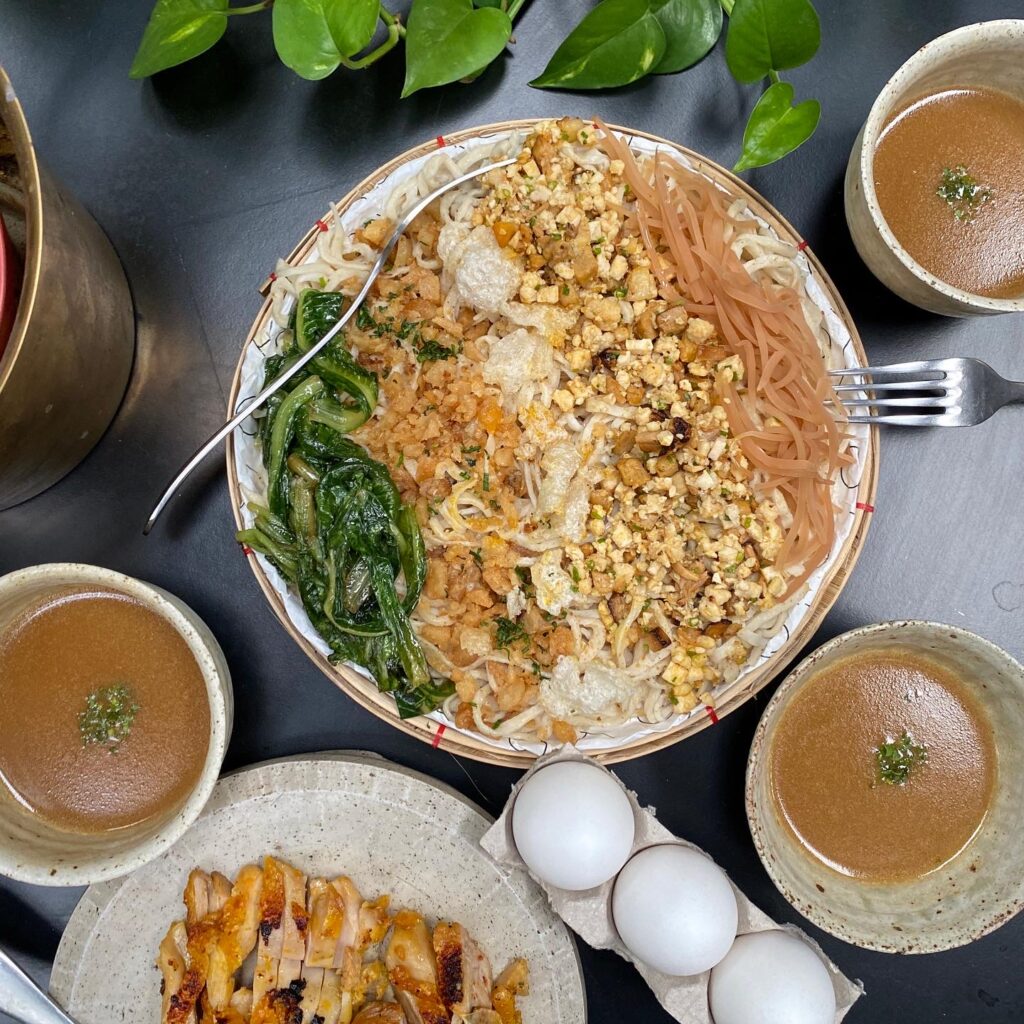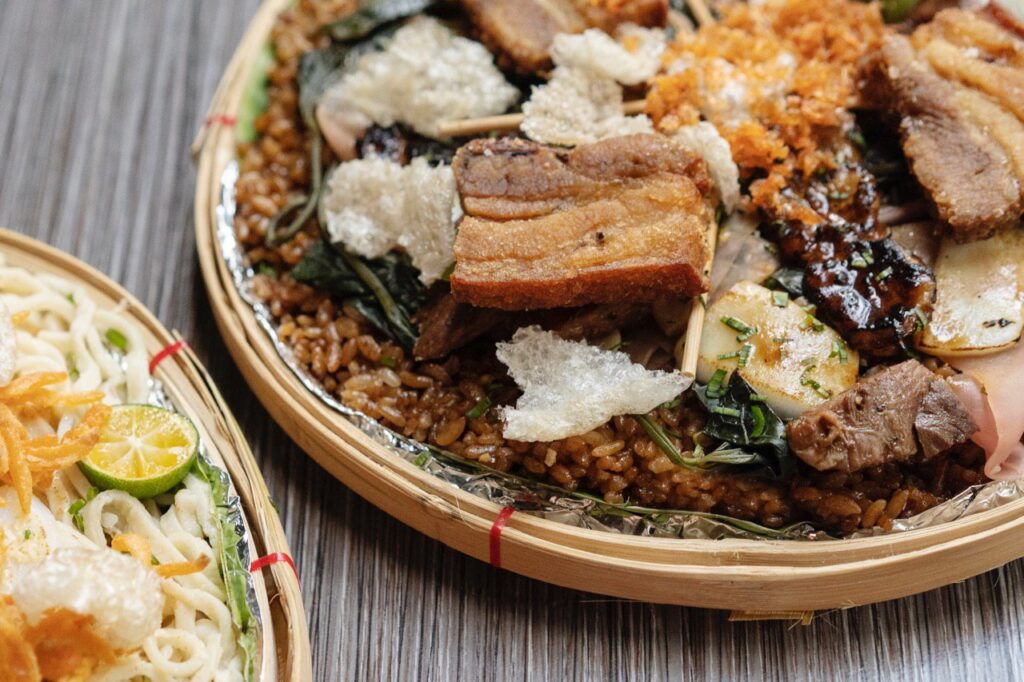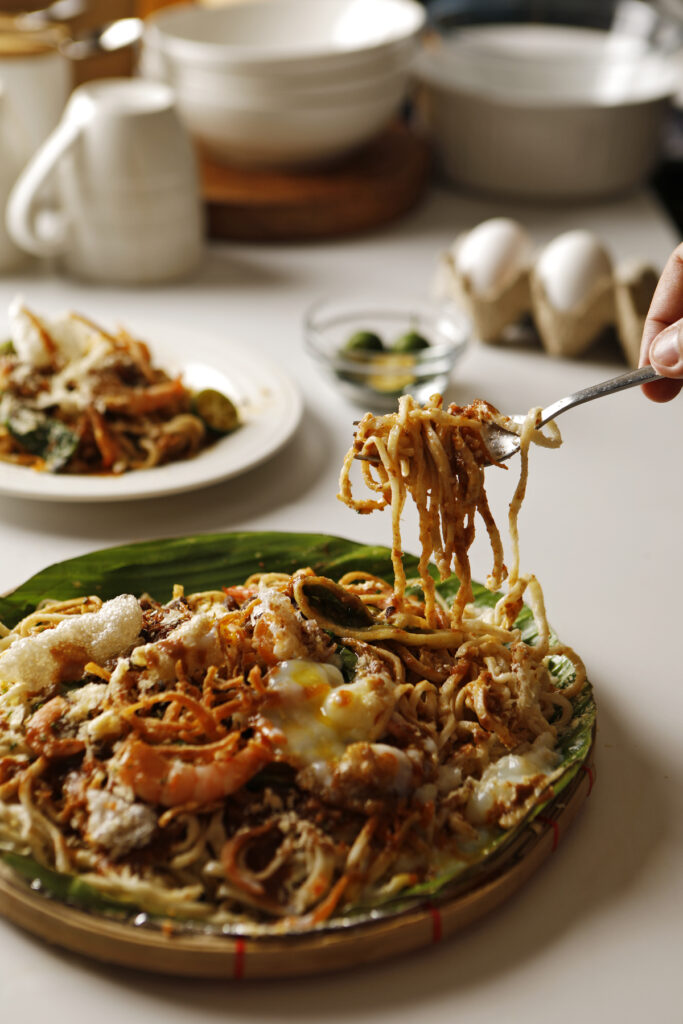May Navarra
Manila, Philippines
Toyo Eatery; Panaderya Toyo
Instagram: @maybnavarra @toyoeatery @panaderyatoyo
*Changemakers is a Cross Cultures series spotlighting inspiring women who are creating and doing in the F&B ecosystem; eading the way and helping better the world.
Born and raised in Manila, Philippines, May Navarra co-owns and runs Toyo Eatery and Panaderya Toyo as general manager, alongside her husband chef Jordy Navarra, and their close friend sous chef JP Cruz. May initially pursued a career in finance for 10 years. While she had always been interested in food, running a restaurant wasn’t something she had dreamed of, until she and Jordy spent a lot of time around it and made her fall in love with it. She started working full-time at Toyo after they opened in 2016. Since, Toyo Eatery has been on a very successful trajectory, flying the Philippine flag high, from Miele One To Watch (2018) to being awarded Best Restaurant in the Philippines by Asia’s 50 Best Restaurants (No. 43 in 2019 and No. 44 in 2020). Last year, René Redzepi and his team at Noma reinterpreted Toyo’s dishes as part of the Grand Gelinaz Shuffle– a recipe swap among 148 chefs and restaurants spanning 38 countries– the first time a restaurant from the Philippines was in participation, and the first time Redzepi cooked Filipino food.
Tell us about you. Where were you born, raised, and what you are making or doing at present?
My name is May Navarra (pronounced Ma-i), born and raised in Manila. I’m the youngest of three girls and I had a pretty normal childhood with both my parents working in banking. Currently, I own and run Toyo Eatery and Panaderya Toyo as its General Manager alongside my husband, Jordy Navarra and our close friend JP Cruz.
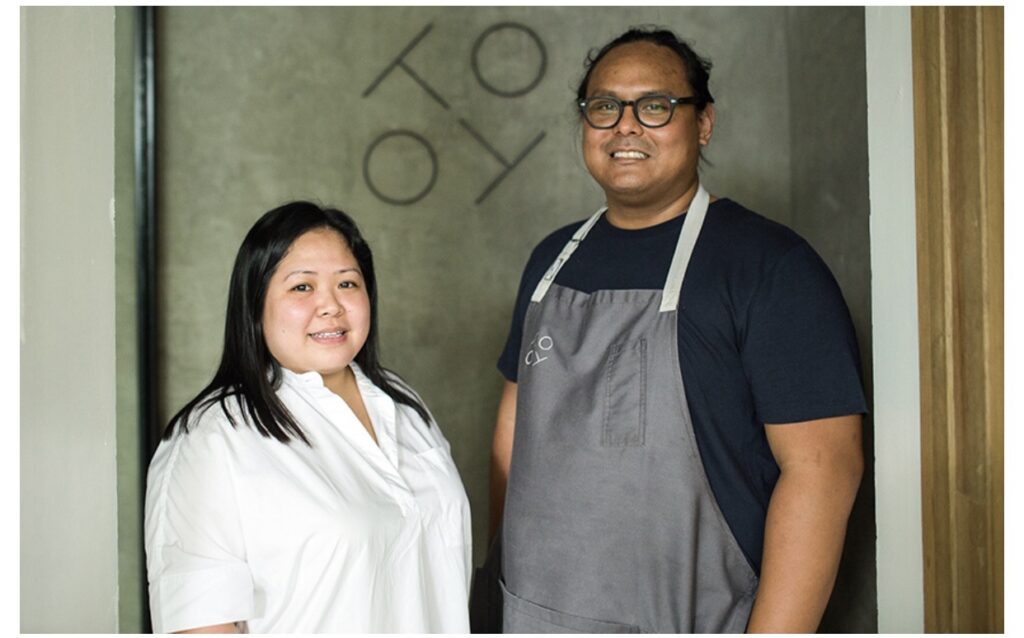
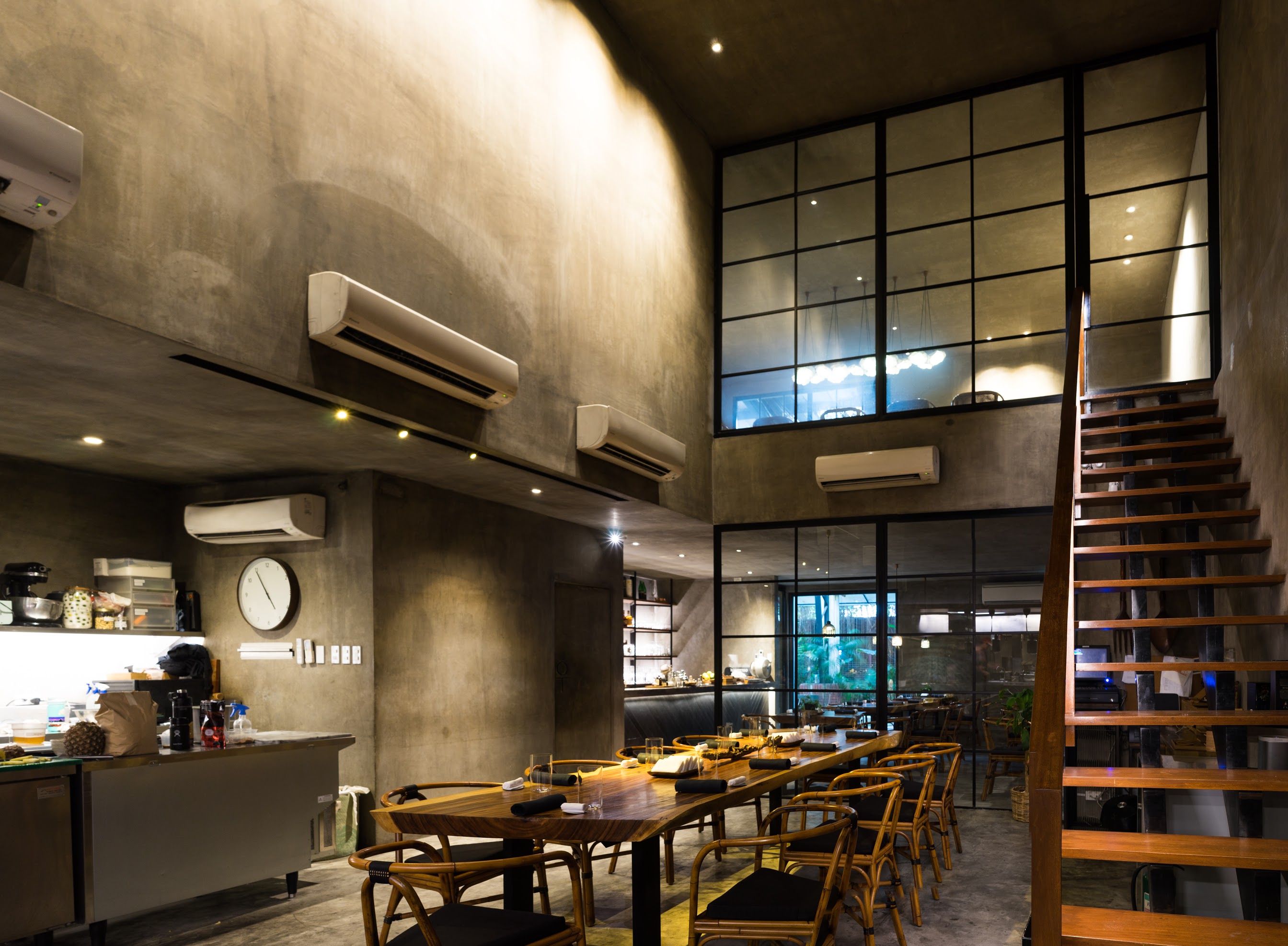
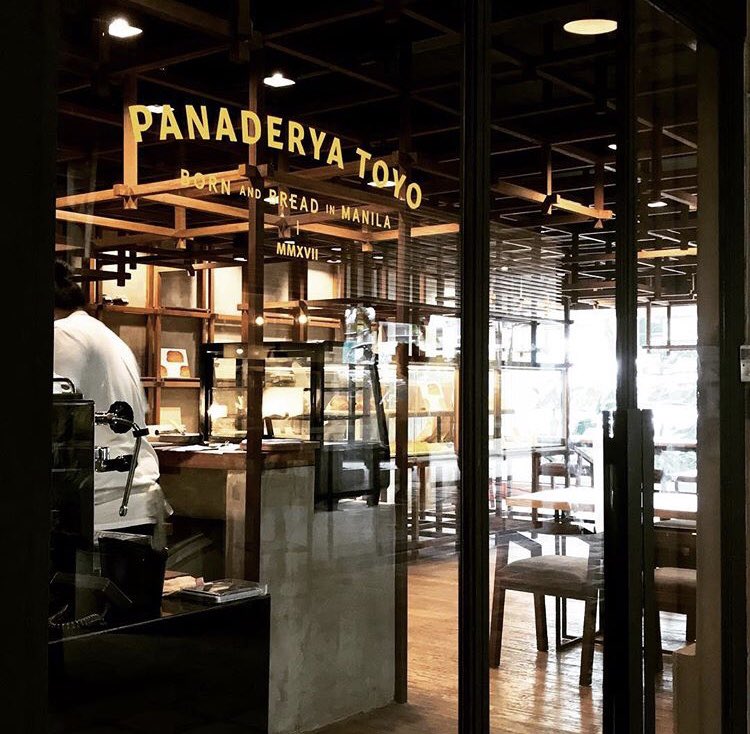
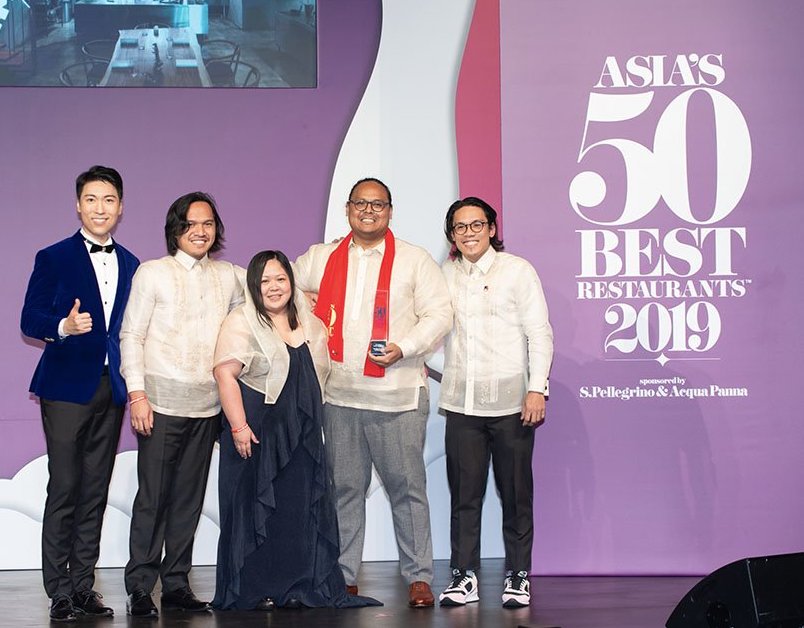
How did you end up working at your present career? How long have you been doing this/ When did you start?
My initial career after University was in Finance, starting out as a Financial Analyst and eventually finding myself working in that field for about ten years.
I had always been interested in food but running a restaurant wasn’t necessarily something I specifically dreamt of until Jordy and I spent a lot of time together centered around food. All the meals and non-stop talking and eating made me fall in love with it and taught me a bit about food and what I enjoyed.
When we started out with the idea for Toyo, the plan was for me to work on specific details part-time and still keep my day job. I would visit Toyo everyday during construction and would go home to find our team cooking and working on R&D in our little condo. It was such a mess with cutlery, glassware and a bunch of stoneware stored alongside the espresso machine they insisted we get first. I found out after that they only wanted to pull shots for themselves. :p
Bit by bit, there were more things we needed to handle and since Toyo was and will always be our first “baby,” I really wanted the best for it. It was natural for me to be really involved in the financial aspect as well procurement and all the other “boring” things in running a restaurant but then when we started operating I was then “forced” to do front of house work because we didn’t have enough people yet working with us. So right after my day job which would start at 9:00 AM and end at 6:00 PM, I’d go straight to Toyo and work until we closed then back again the next day. It was exhausting, but I felt so fulfilled. I kept up with that until I decided to work full-time at Toyo Eatery sometime after we opened in 2016. Working at the restaurant is so much fun!
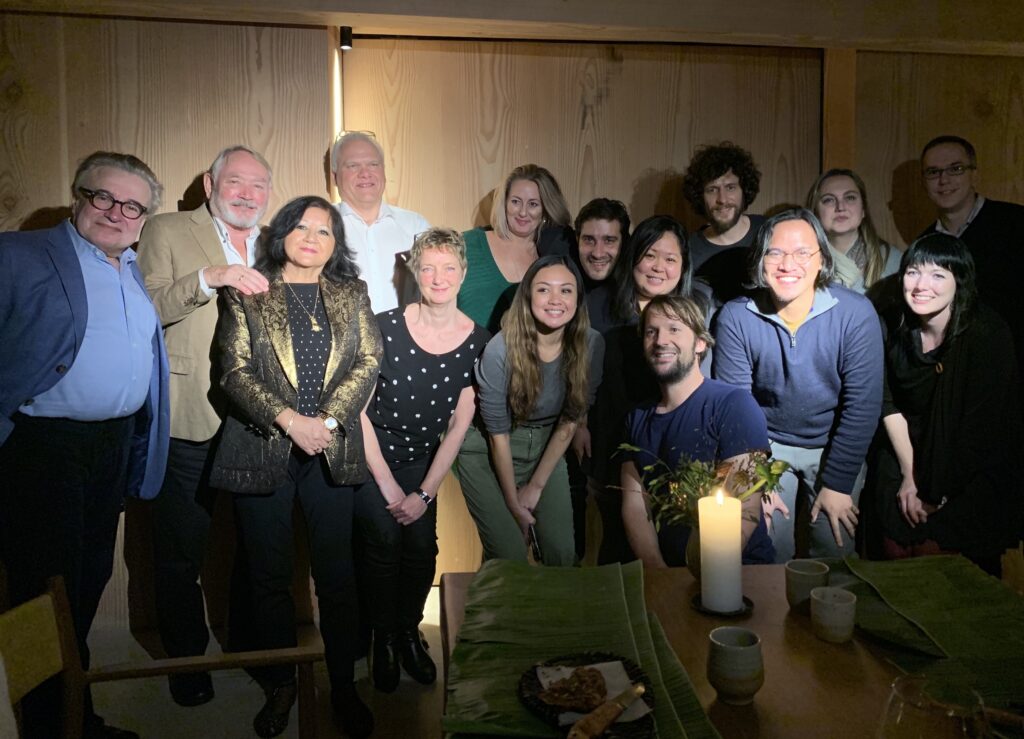

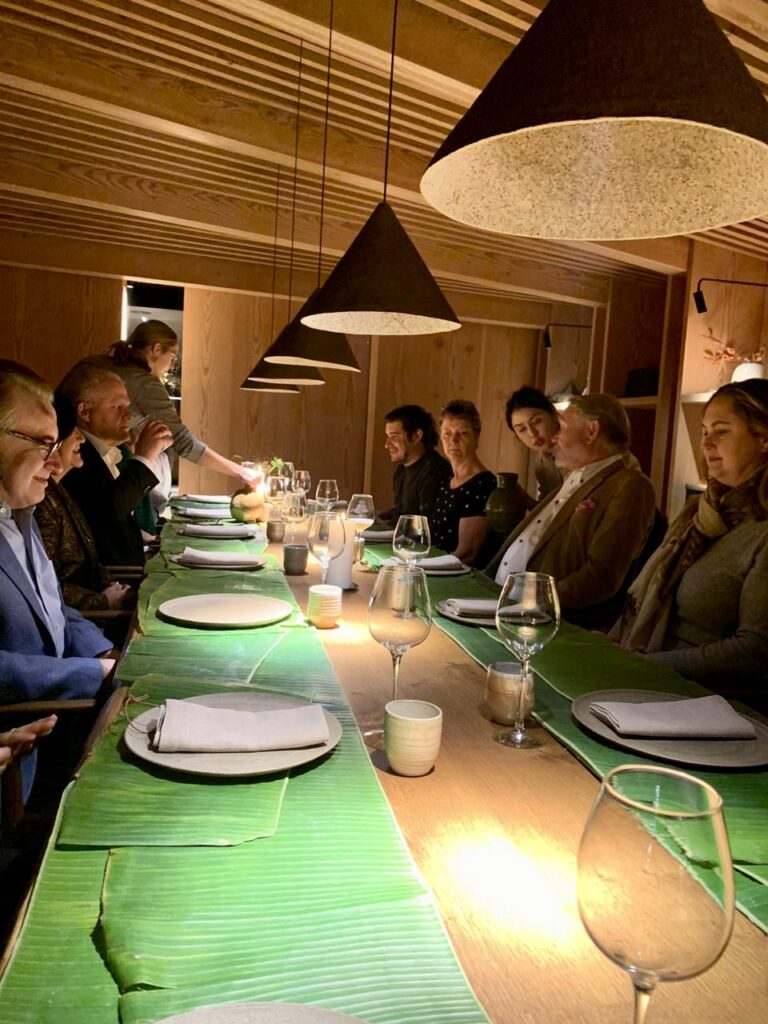
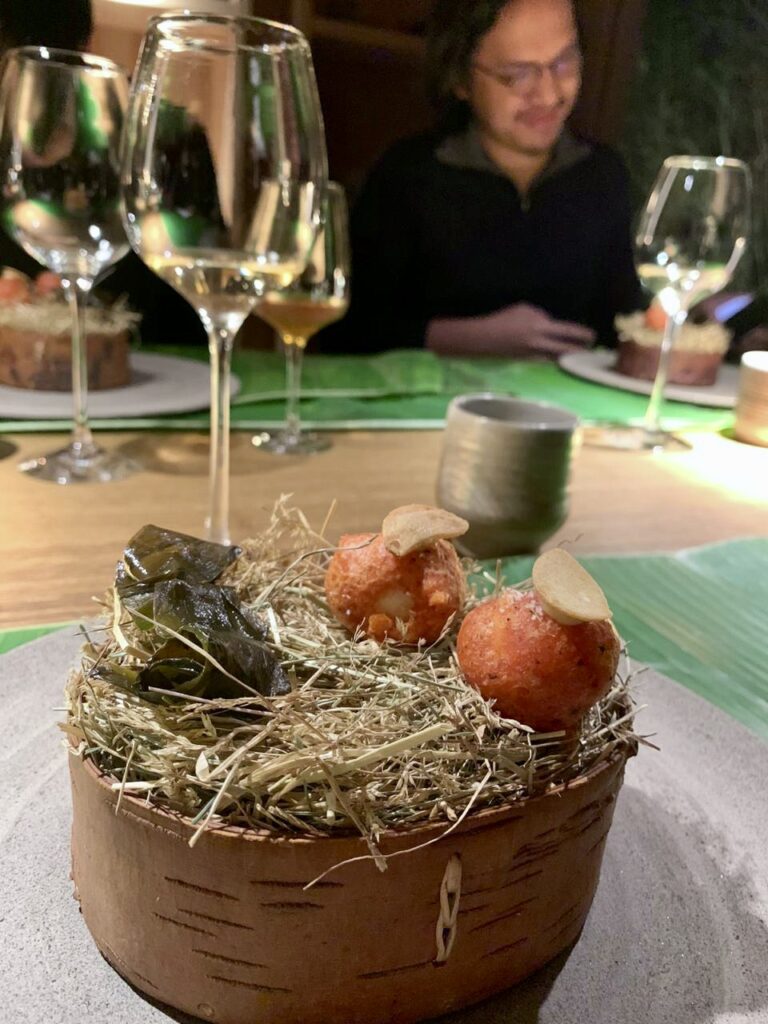
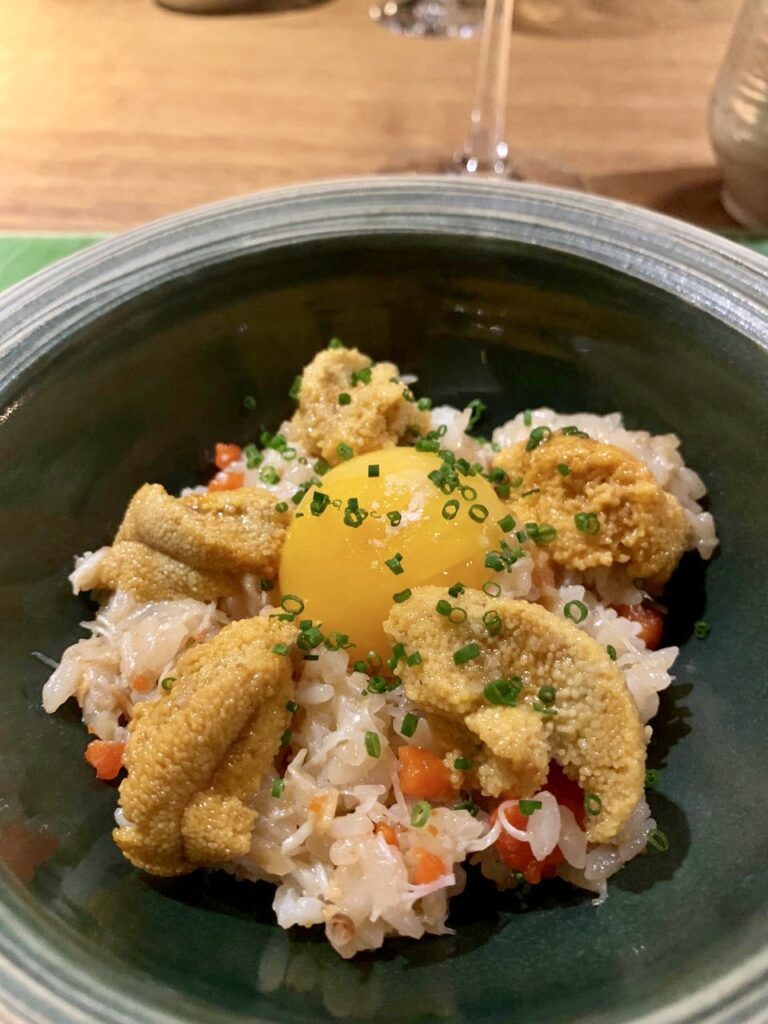
What was the biggest challenge you have faced?
Back in 2017, I thought we were facing the biggest challenge when we went through an electrical fire at Toyo. I remember getting a call from our landlord while Jordy and I were watching Okja on Netflix. We rushed to the restaurant and was just in shock with how it looked.
Thankfully, the safety protocols and the staff at Karrivin Plaza picked up on it quickly so there was minimal damage to the electrical system at the restaurant—something we could fix quickly and safely. The cosmetic damage though was a different issue and a big challenge to clean up because of the soot and ash the fire caused. It was a matter of picking up the pieces and the team was amazing. Super proud of that moment!!! But now the biggest challenge I think is the fight we’re facing with the pandemic. There’s a lot of uncertainty and a long journey to survival so we’re taking it day-by-day. Hopefully, we can look back at this moment with pride just like the fire in 2017.
What is the best advice you can give to anyone wanting to get into or excel in your field?
Make sure you love it! Working in the restaurant can be physically, mentally, and emotionally exhausting—and it can burn out anyone if you don’t know how to take care of yourself. But if you love what you do and you surround yourself with people that love the work as much as you do, it becomes so much more fulfilling. It’s also a bonus if you enjoy working with the people around you!
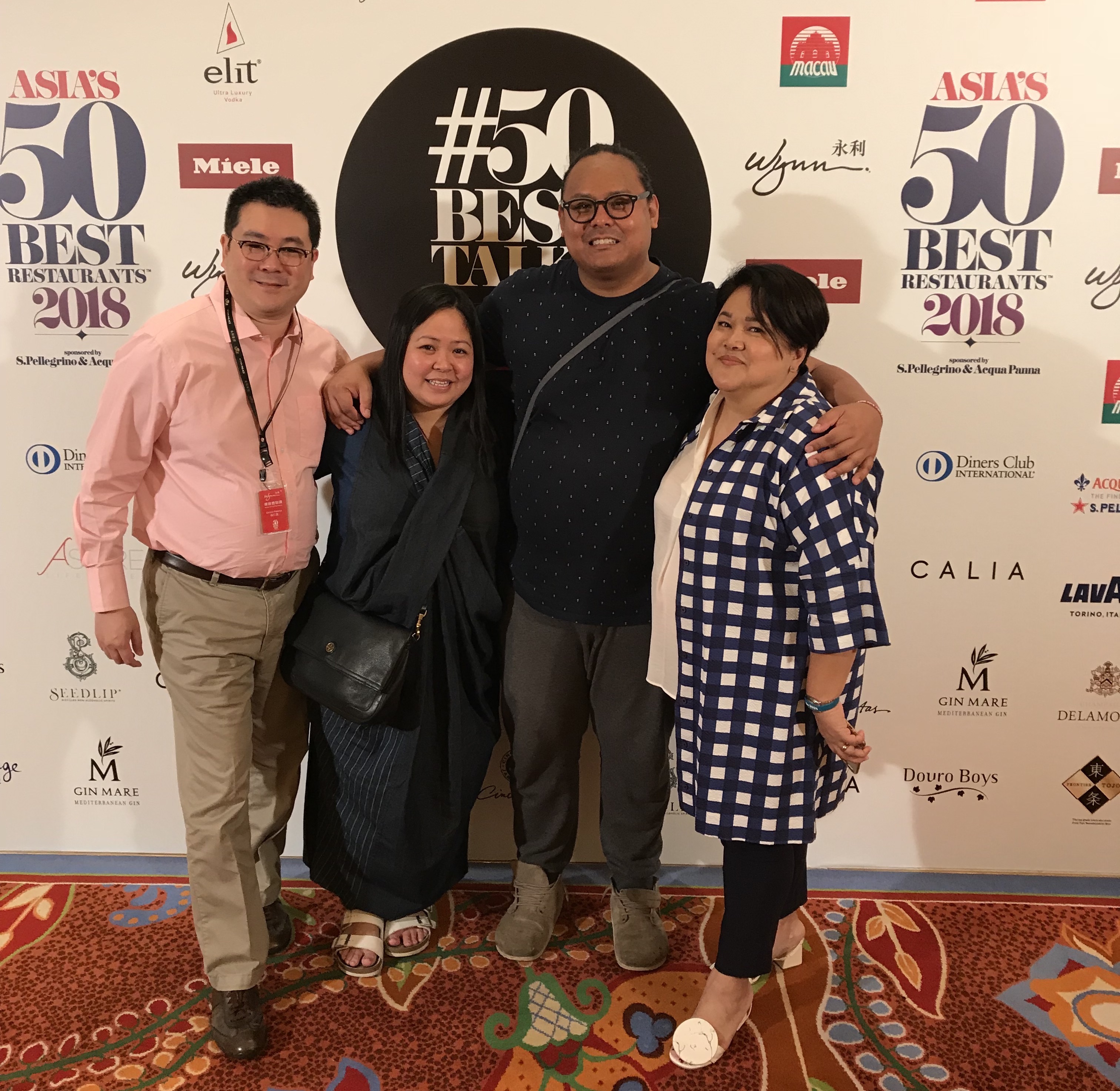
What is your favorite thing about your culture or living in your city?
I love the people and the laid back culture in Manila. The sense of community is strong, especially amongst creatives and the people in the food industry. Filipinos are a friendly and passionate bunch, seemingly shy but once you get to know them, they’ll be the most loyal and committed people you’ll ever know. Manila itself is a complex place that’s really meant to be experienced and shared with people you know so it’s best to visit when you know people who live here. A bonus is that the beach is just a few hours away from the city!

How are/ have you been spending your days during this COVID-19 quarantine period?
The first two weeks of the lockdown or “Enhanced Community Quarantine”, we didn’t leave our home. Jordy and I were cooped up watching Netflix, cooking our meals and/or sleeping—generally, just resting. After realizing that the initial one-month lockdown was pretty unrealistic, we decided we needed to open for pick-up / takeaway /delivery if we wanted to survive this pandemic. After participating in a feeding program, we decided to push on with our initial plans with the Bilao and bread offering.
So four months after, we’re still here fighting to survive. Although pick-up/takeaway/delivery has been good, it’s still not enough given our overhead costs, keeping in mind that Toyo Eatery is really set-up for dine-in guests. Fortunately, we were able to open again for dine-in a few weeks ago, but at limited capacity.
Please tell us about Toyo’s plans now that the Philippines is slowly reopening, ie. What changes you will be implementing, etc. Also, please feel free to share about how your Takeout Bilaos came about—and will you continue to be doing this now that the restaurants have reopened?
There were a bunch of adjustments that we needed to make, the more obvious one would be the move to offer only pick-up/delivery at the beginning of the lockdown. We needed to make an offering that we could execute with limited staff since one of the issues for them is the difficulty of getting to work because of the closure of public transport and the general fear of the virus. For example, none of our full-time panaderos could come to work for various reasons so we developed a whole different offering at Panaderya Toyo that we could execute with the team we have now. For Toyo Eatery, we’ve been used to the idea of providing a full-on dining experience so now we’re adjusting in terms of trying to stay true to what we do with the limitations of pick-up/delivery. In the end, our answer to that was the “Bilao”.
Traditionally, Bilaos are woven flat “baskets” used for winnowing rice made entirely of natural material. Today, it’s more commonly seen as a platter or tray you would use to serve food, usually lined with banana leaf. Because of that, most food that Filipinos buy for larger portions use the Bilao just like you would use a pizza box or a party tray.
Even before the lockdown, when we heard of the chance that it would have been takeout and delivery only, we had the idea to offer a selection of “bilao”—which is classic Filipino take-out food like “Pansit” or noodles along with the Toyo Eatery Silog which is like our signature rice dish but in “bilao” form. That along with the bread would basically be what we offer for our Lockdown Menu.
Now the plan is to expound on the idea of the Panaderya, to be fun and creative with that, along with the “bilao” offering and the recently opened dine-in menu at Toyo Eatery.
